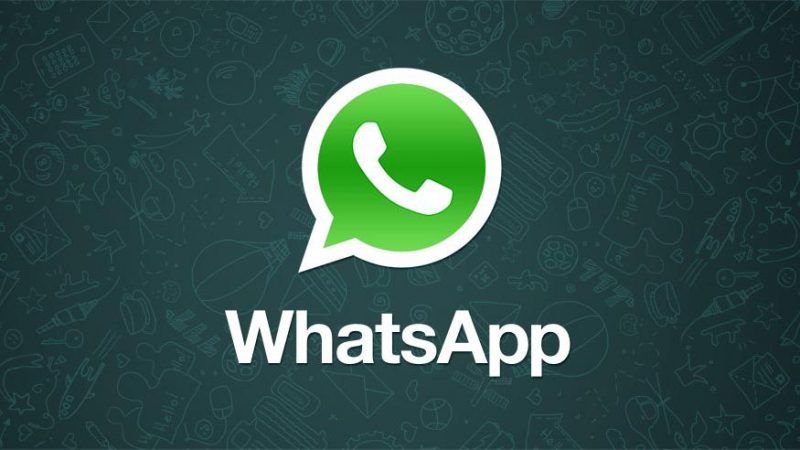

There’s a massive segment of people who want your app. They Won’t Be Able to Click INSTALL Fast Enough By October 2011, one billion messages were being sent per day by early 2013, WhatsApp could boast 200 million active users. From that point, WhatsApp marched to ubiquitous status. WhatsApp incorporated multimedia messaging later in the same year, and was released on Android the following. This was enough for Acton to convince a circle of fellow ex-Yahoo employees to part with $250,000 in seed funding. WhatsApp 2.0 was an instant success, quickly reaching 250,000 active users. WhatsApp was unique at the time, outside of Blackberry’s BBM, in providing a free message service that allowed users to log in with their phone number. WhatsApp 2.0 incorporated the messaging function that would come to be the app’s defining feature. Users quickly came to use this as an instant messaging service, planting the seed for what the app would become. The app initially focused on statuses Koum later revealed that part of his motivation was to stop missing calls while he was the gym. It was Koum who saw the potential of operating through the Apple App Store after purchasing an iPhone in early 2009. WhatsApp is a messaging app for smartphones created in 2009 by two former Yahoo employees, Brian Acton and Jan Koum.


 0 kommentar(er)
0 kommentar(er)
